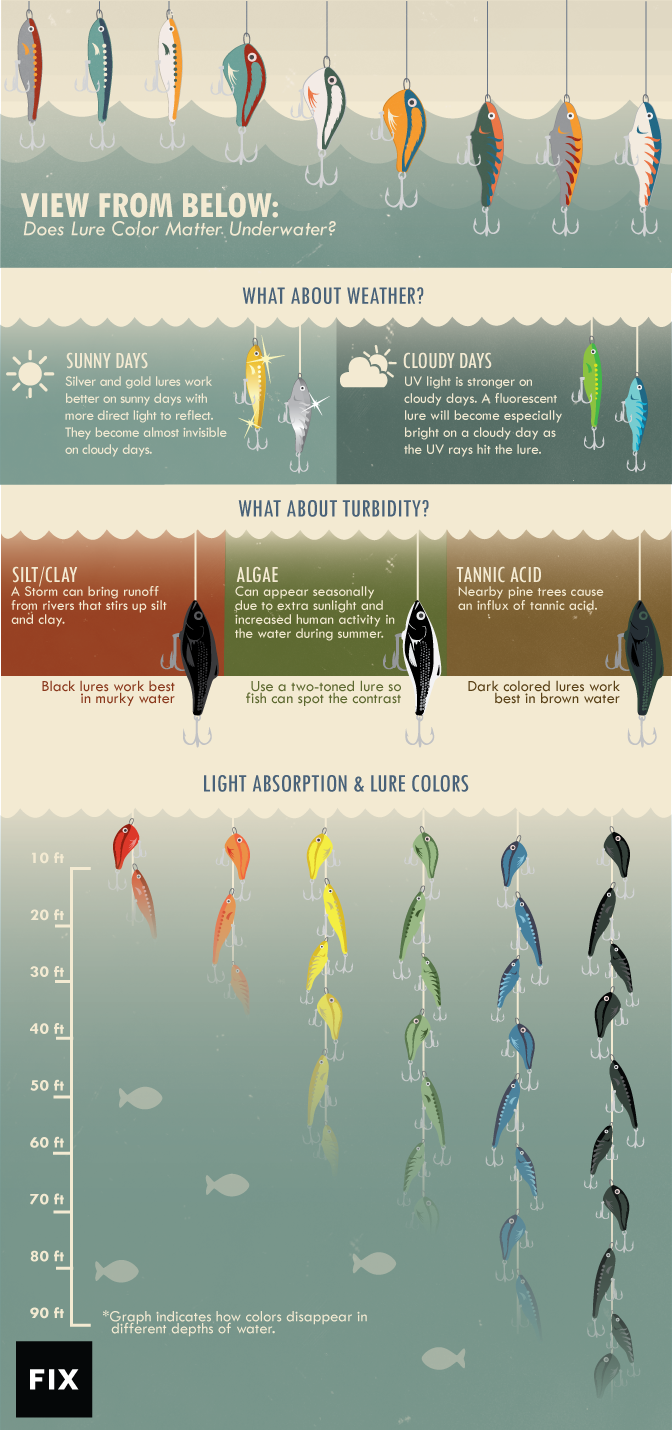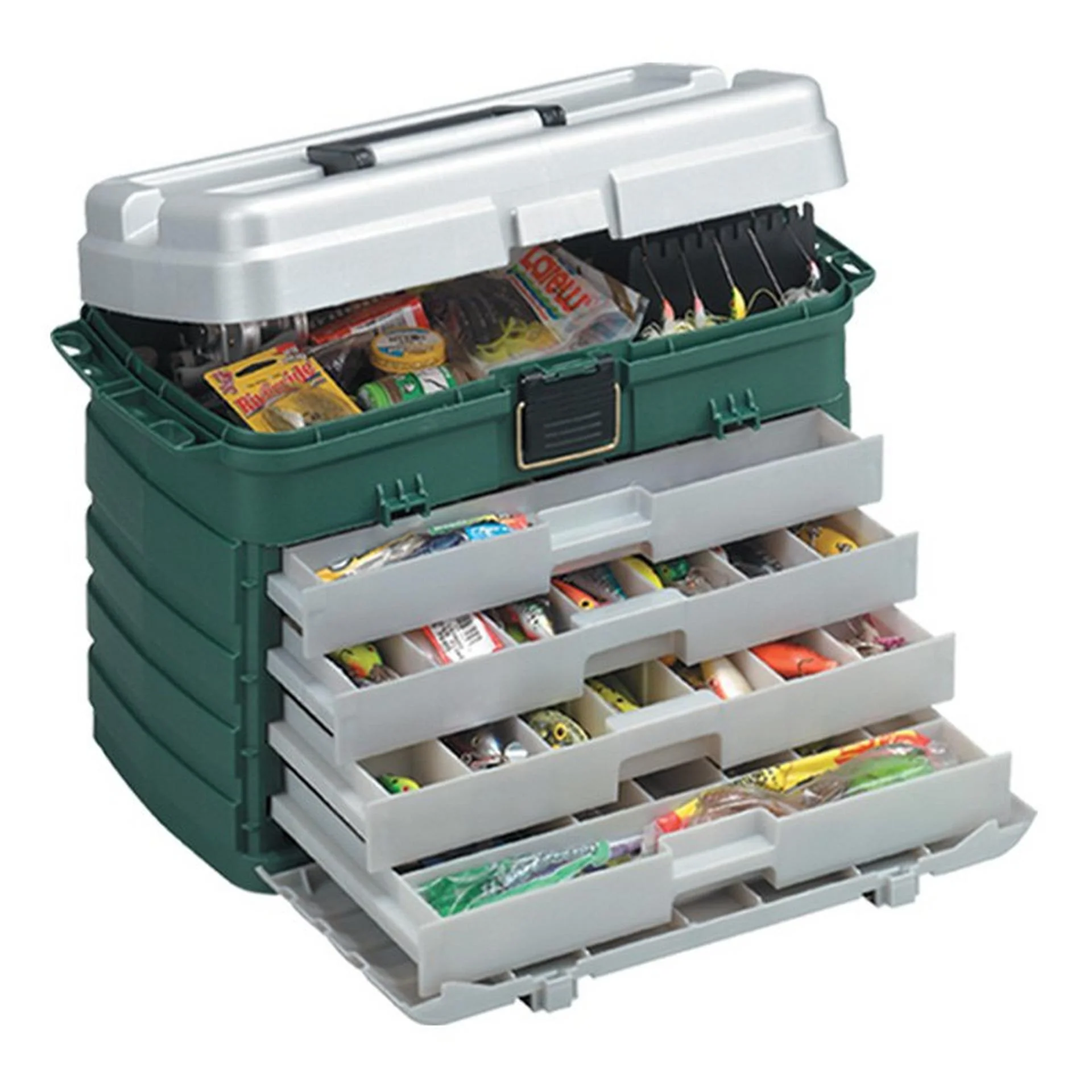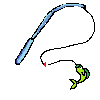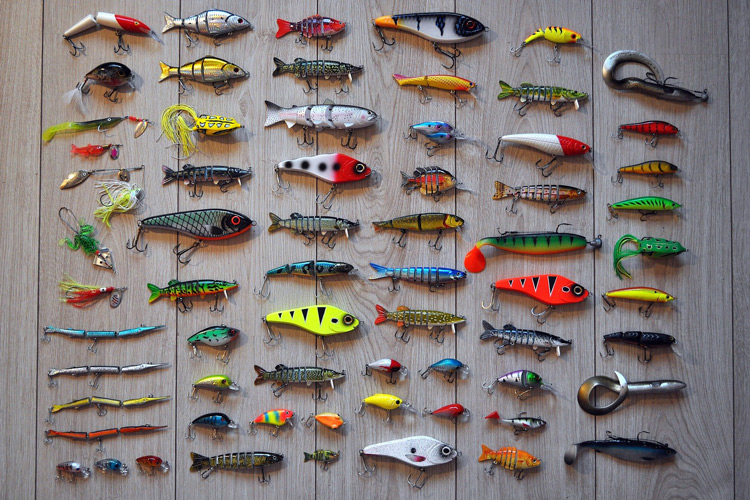All about lures…
A beginners guide on different types of lures
There are many different kind of lures which can be confusing. This is a short and sweet guide on fishing lures for freshwater fish.
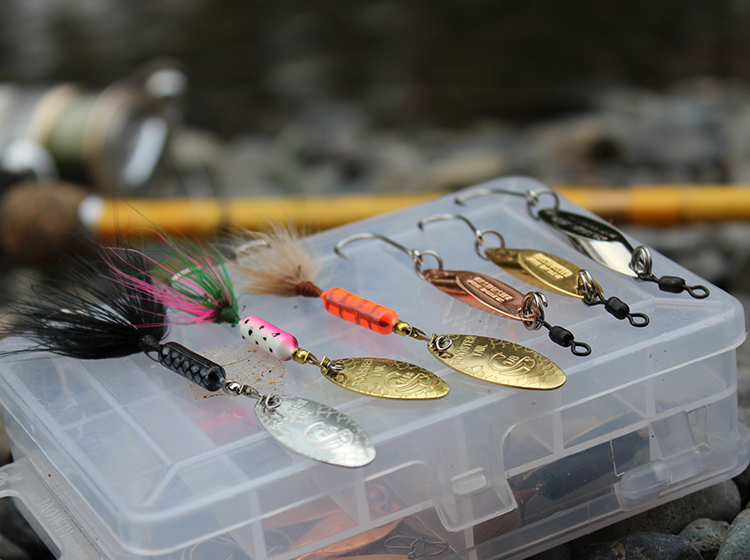
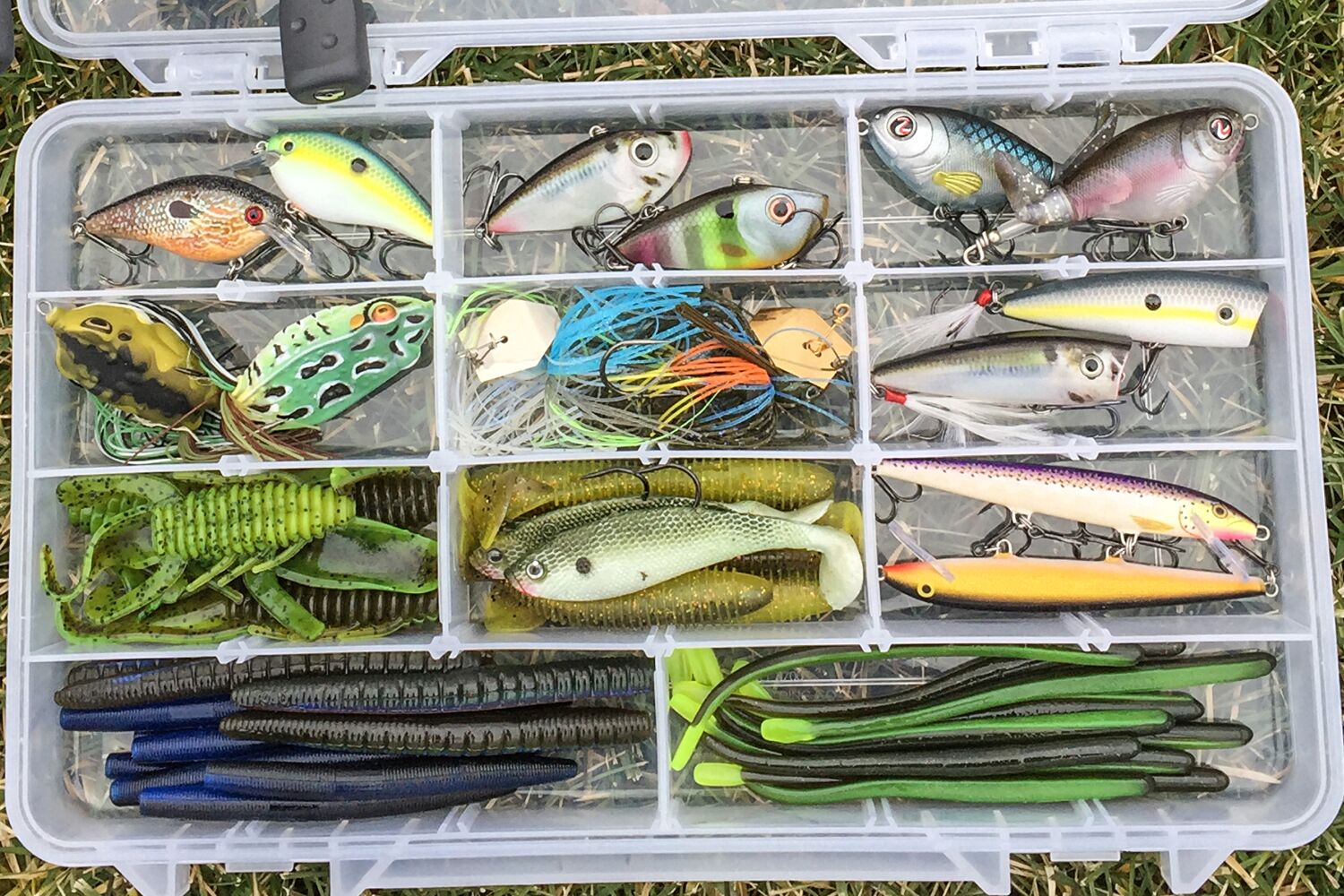
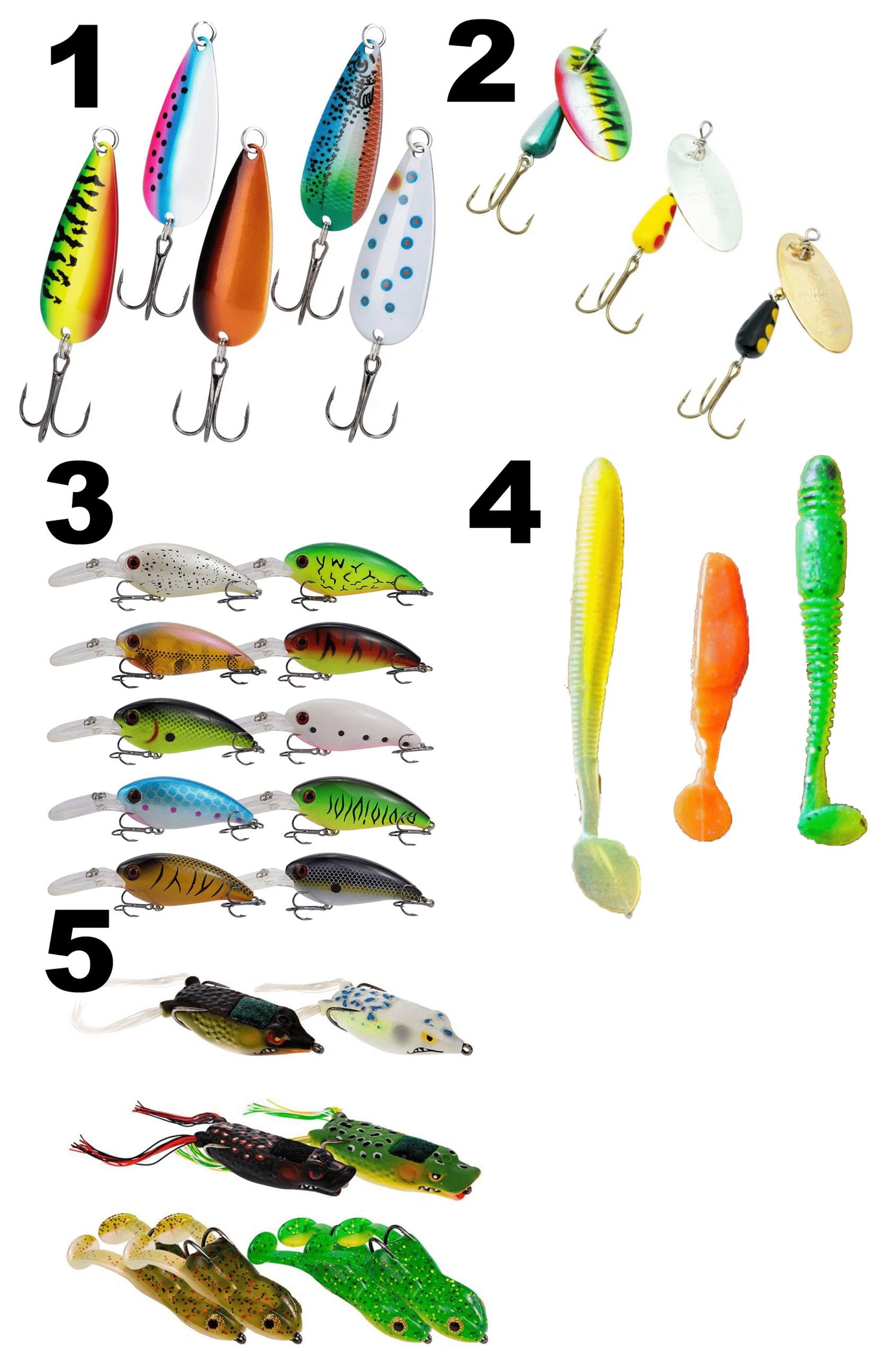
1.
The basics
The 5 most basic type of fishing lures would be Spoons, Spinners, Crank baits, Soft plastics, and top water frog baits. These lures may come in all different kinds of colors and sizes.
1. Spoons:
These are a very versatile lure and can be used in almost all conditions. They attract fish due to the vibrations they create when moving through the water. When using this lure, it needs continuous movement (i.e casting reeling) to be used effectively.
2. Spinners
Unlike spoons, spinners should be used seasonally, such as Spring and Fall. However, this bait can be used in any water condition movement in order to be effective. The small tab towards the top spins and creates vibrations while in motions.
3. Crank bait
Crank baits are best when fish are active, such as spring, summer, and fall. These are best used when it is cloudy or lowlight conditions. They also work well when the water is dark or muddy. This lure is best used when slowly reeling and adding pauses or twitches.
4. Soft plastics
Soft plastics are great to use when fish are not very active. These can be used year round and are better during the morning or night with calm weather and water conditions. This type of lure is used with slow movements and sudden twitches. This lure also comes in different shapes such as worms and crawfish.
5. Topwater Frogs
Topwater frogs are best used from late spring to early fall. These can also be used in any weather or warm water condition. However, what’s special with these lures is that they are best used in high vegetation or shadowed areas. This type of lure is used for aggressive fish such as large/smallmouth bass.
2.
How to decide on the color of lure
Attached to the right is an easy guide on how the color of your lure is affected by light. This is something you always want to consider as it will increase your chances of catching fish. Trial and error is also a part of the process, I still have to play around before finding an effective color.


